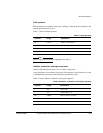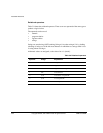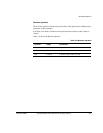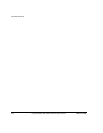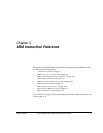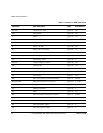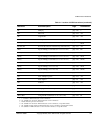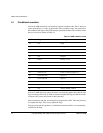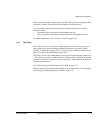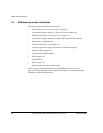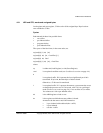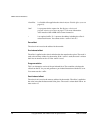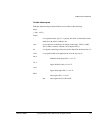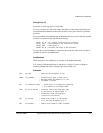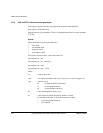
ARM Instruction Reference
ARM DUI 0068B Copyright © 2000, 2001 ARM Limited. All rights reserved. 4-5
Some instructions update a subset of the flags. The other flags are unchanged by these
instructions. Details are specified in the descriptions of the instructions.
You can execute an instruction conditionally, based upon the flags set in another
instruction, either:
• immediately after the instruction which updated the flags
• after any number of intervening instructions that have not updated the flags.
For further information, see Conditional execution on page 2-20.
4.1.1 The Q flag
The Q flag only exists in E variants of ARM architecture v5 and above. It is used to
detect saturation in special saturating arithmetic instructions (see QADD, QSUB,
QDADD, and QDSUB on page 4-55), or overflow in certain multiply instructions (see
SMLAxy on page 4-46 and SMLAWy on page 4-49).
The Q flag is a sticky flag. Although these instructions can set the flag, they cannot clear
it. You can execute a series of such instructions, and then test the flag to find out whether
saturation or overflow occurred at any point in the series, without needing to check the
flag after each instruction.
To clear the Q flag, use an
MSR
instruction (see MSR on page 4-74).
The state of the Q flag cannot be tested directly by the condition codes. To read the state
of the Q flag, use an
MRS
instruction (see MRS on page 4-73).



